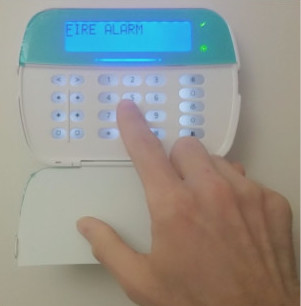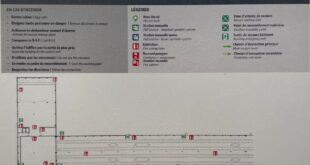
A fire alarm system prevents of fire cases. thanks to its smoke and heat detectors. It rings sirens to alert people for evacuate the premises.
Besides, to be able to alert authorities, it needs a communicator. A module that sends signals to a monitoring station.
A communicator can use Internet, GSM or phone line to transmit its signals. But some fire alarm panels are not builtin with communicators. As a result, we need to install a communicator to assure the fire alarm system supervision.
Fire alarm signals
A fire alarm panel displays the three following major signals: Fire alarm. Trouble. supervision
Let’s see those signals in detail :
- Fire alarm
When any of the detection components of the system detects an alarm. The panels displays a fire alarm and rings the bells for evacuation.
- Trouble
A panel supervise itself and displays trouble signals when there something wrong on the systems such as : low batteries, ground or or broken cable.
- Supervision
The panels supervises its components and displays a supervision trouble when any of them is in a wrong status.
In addition to displaying a trouble or a supervision, the panel emits disturbing beeps to alert owners or the occupants of the premises in order to repair.
Fire alarm system and communicator connections
The signals seen above are related to relays on the fire alarm panel. Those relays switch their status when an alarm or a trouble or a supervision occurs. They are wired to the communicator so they transmit the change of their status to the monitoring station through the communicator.
In the fire alarm standards, the fire alarm system supervision should use two communication paths with the monitoring station. This allows to have a back up if one fails. If there is only one communication path, it must be active communication. which means that it must be supervised in order to inform the monitoring station if a communication fails.
fire alarm systems saves lives
